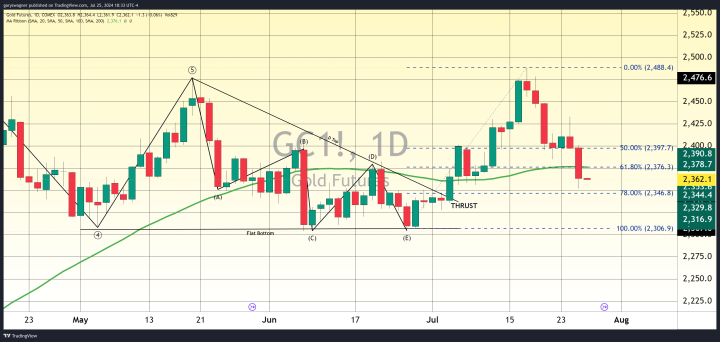
The U.S. Economy demonstrates unexpected strength in Q2 2024.
The Bureau of Economic Analysis (BEA) released its advance estimate of second-quarter GDP growth, revealing unexpected strength in the U.S. economy. Despite economists' predictions of a 2% annualized growth rate, the actual figure came in at a robust 2.8%, surpassing expectations and demonstrating resilience in the face of
interest rates at a 23-year high.
This growth represents a significant acceleration from the first quarter's 1.4% increase, indicating a strengthening economic trajectory. The report highlighted substantial contributions from both the services and goods sectors, driving consumer spending upward.
In the services category, healthcare, housing, utilities, and recreational services were the primary growth drivers. The goods sector saw notable increases in motor vehicle parts, recreational goods and vehicles, furnishings and durable household equipment, as well as gasoline and other energy goods.
The stronger-than-anticipated economic performance has implications for various market sectors. Individual investors may find less incentive to allocate funds to safe#haven assets, given the economy's resilience.
Additionally, the Federal Reserve may reconsider its timeline for normalizing interest rates, potentially delaying the anticipated
first rate cut in September.
These factors have led to a sell-off in the gold market, with the precious metal experiencing downward pressure. The most active August gold contract declined by $34.10, or 1.42%, closing at $2,363.40, after opening just below $2,400 in Australia.

This movement reflects the market's response to the robust economic data and its potential impact on monetary policy.
As market participants digest the GDP report, attention now shifts to the upcoming Personal Consumption Expenditures (PCE) inflation index for June, set to be released by the Bureau of Economic Analysis. This report holds particular significance as the core PCE is the Federal Reserve's preferred measure of inflation.
Economists anticipate a slight increase in the monthly core PCE, rising to 0.10% from May's 0.08%. However, on an annual basis, core PCE is expected to show a modest decrease in inflation, from 2.6% in May to 2.5% in June. The Federal Reserve of Cleveland's nowcasting model suggests an even lower figure of 2.4% year-over-year.
If tomorrow's PCE report shows that core inflation continues to cool, it should provide bullish tailwinds taking gold prices higher.
Gary Wagner
Tim Moseley
